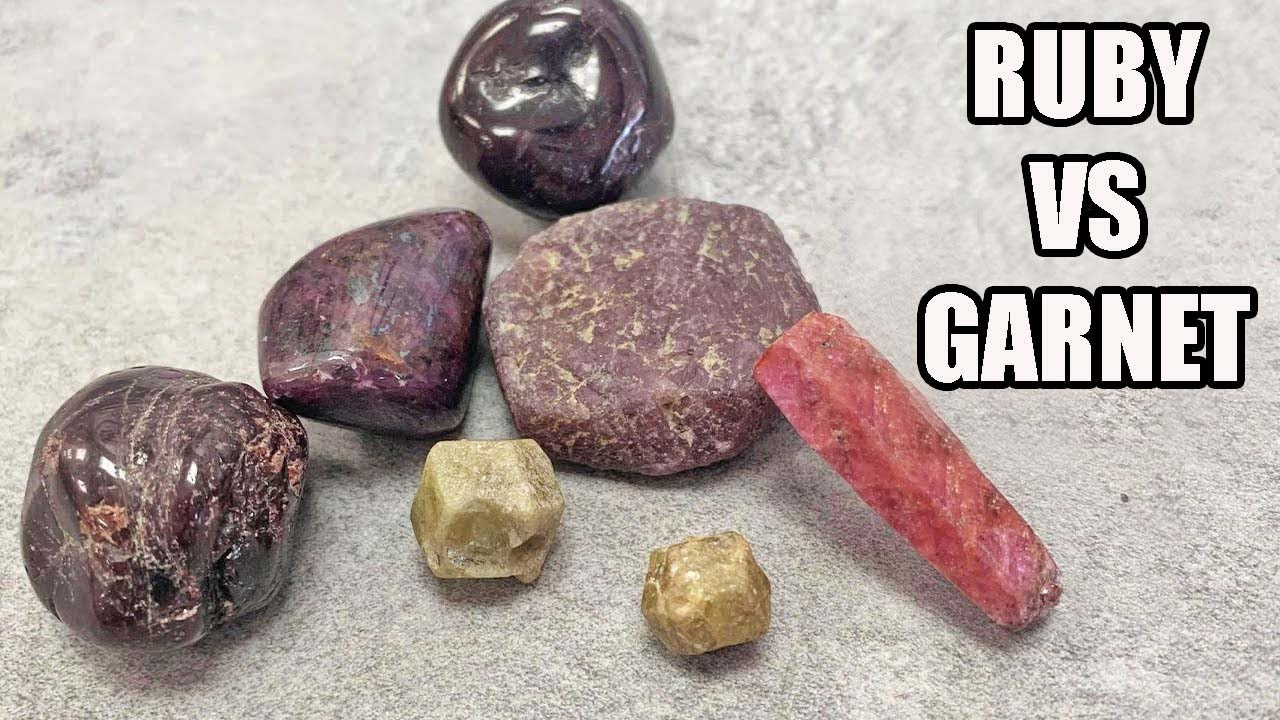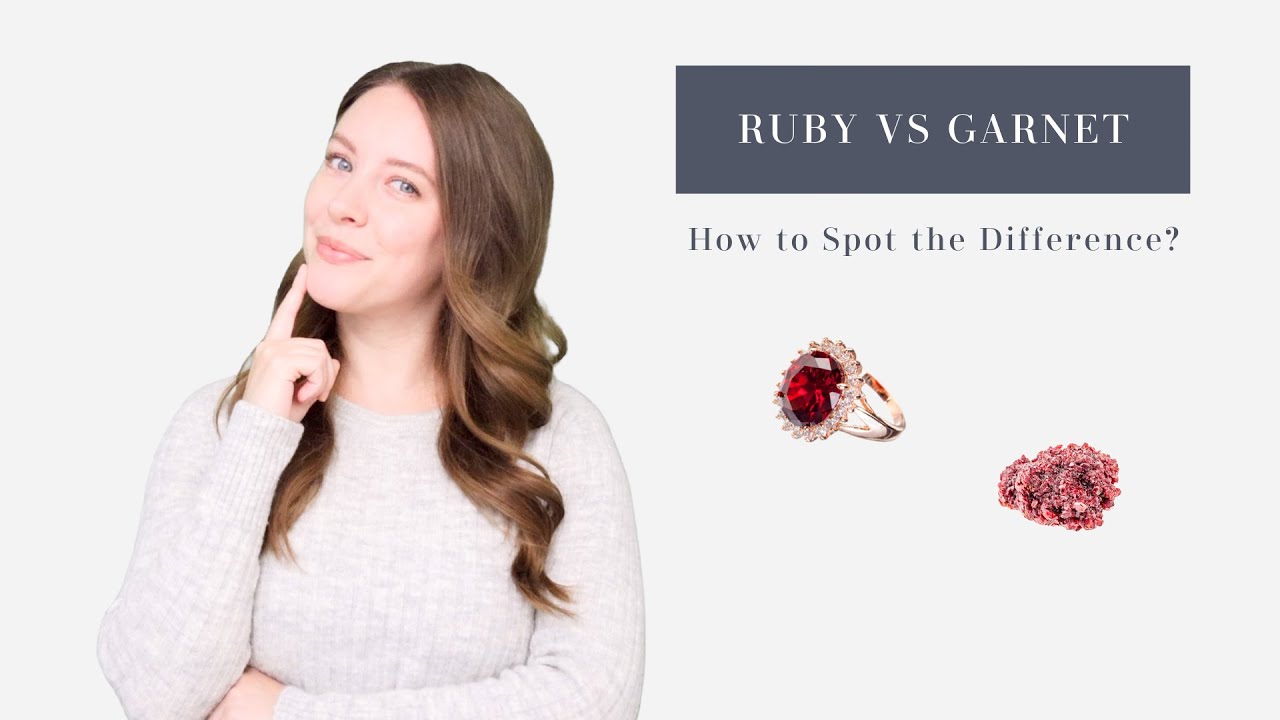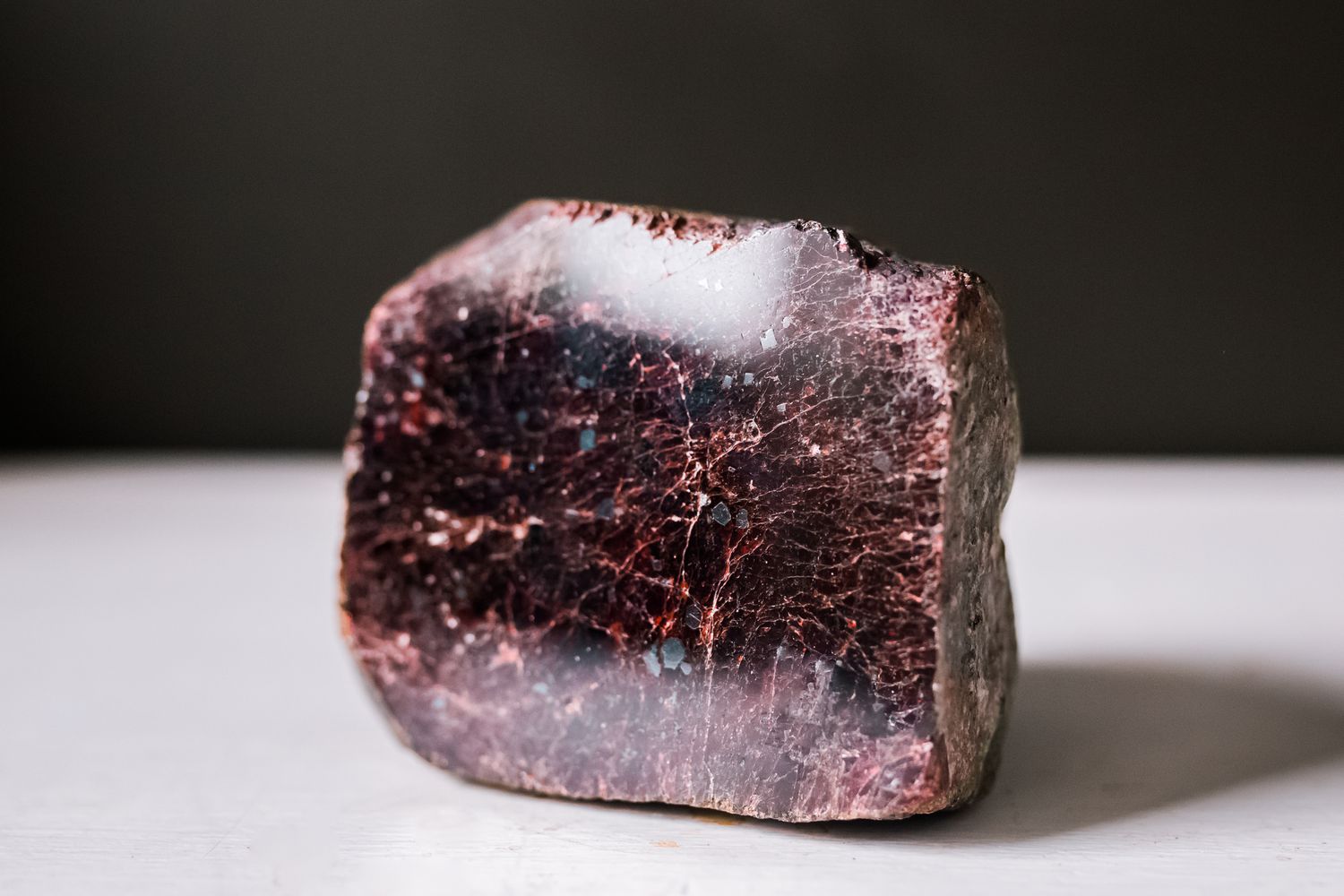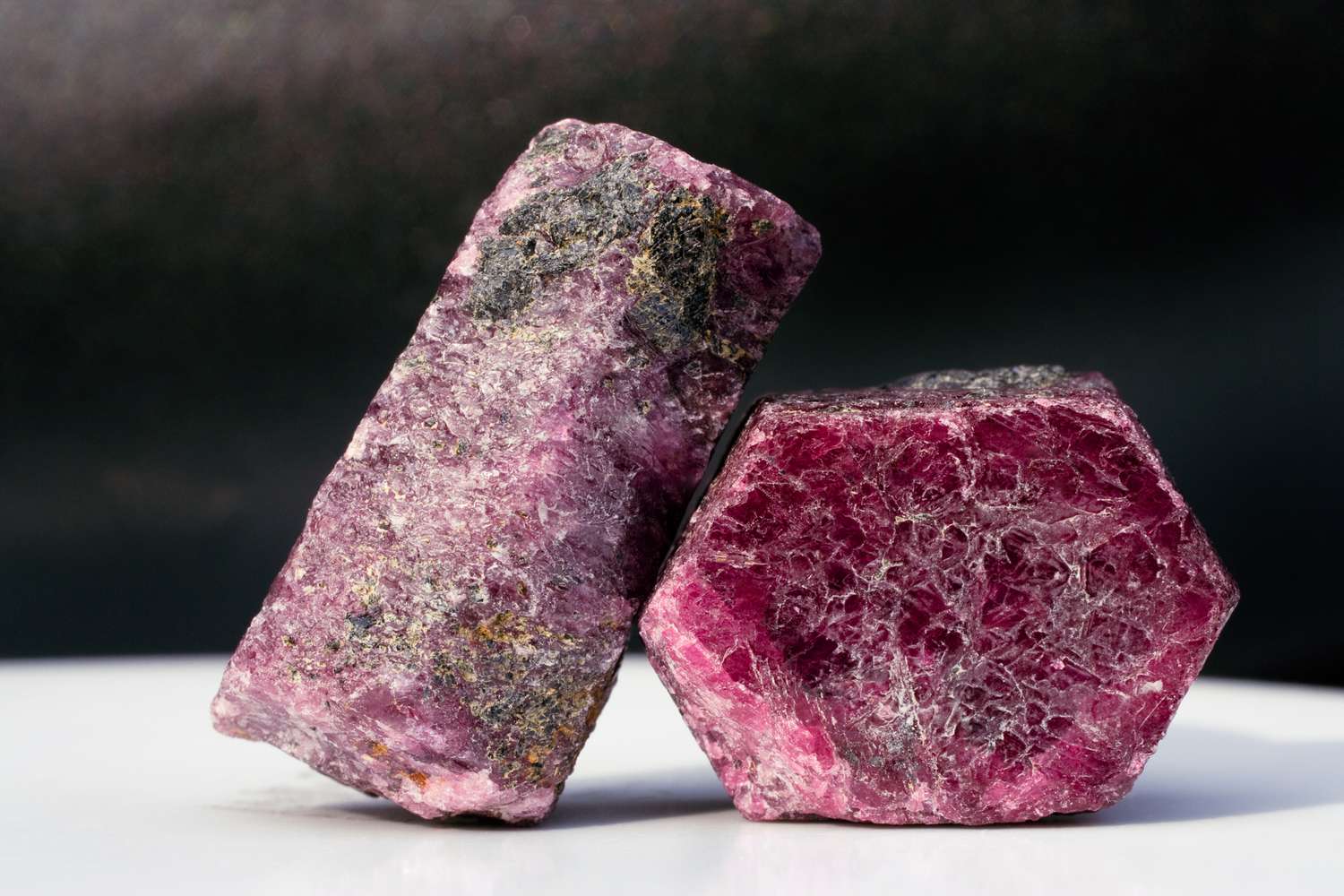Garnet and ruby are two gemstonesthat are often confused with each other because of their similar red color. For the garnet vs ruby properties, which one would you prefer?
However, they have distinct physical and chemical properties that differentiate them from each other. In this article, we will explore the properties of garnet and ruby and compare them.
Garnet Properties
Garnet is a group of minerals that come in different colors, including red, green, yellow, and orange. Red garnet is the most common and is often used in jewelry. The physical and chemical properties of garnet include:
- Hardness- Garnet has a hardness of 6.5 to 7.5 on the Mohs scale, which means it is relatively hard and scratch-resistant. It is not as hard as ruby, which has a hardness of 9.
- Refractive Index- Garnet has a refractive index of 1.72 to 1.88, which is relatively high. This means that it has excellent light reflection and dispersion, making it a popular choice for jewelry.
- Chemical Composition- Garnet is a silicate mineral with the chemical formula X3Y2(SiO4)3, where X and Y can be different elements such as aluminum, calcium, iron, or magnesium. The exact chemical composition of garnet depends on the specific type of garnet. For example, the red garnet is composed of aluminum, calcium, and silicon.
Ruby Properties
Ruby is a red gemstone that belongs to the corundum mineral family. The physical and chemical properties of ruby include:
- Hardness- Ruby has a hardness of 9 on the Mohs scale, which means it is one of the hardest gemstones. This makes it a popular choice for engagement ringsand other jewelry that is worn daily.
- Refractive Index- Ruby has a refractive index of 1.76 to 1.78, which is relatively high. This means that it has excellent light reflection and dispersion, making it a popular choice for jewelry.
- Chemical Composition- Ruby is composed of aluminum oxide with the chemical formula Al2O3. The red color of ruby comes from the presence of chromium in the crystal structure.
Garnet Vs Ruby Comparison

Ruby vs Garnet - How to Identify Ruby and Garnet Stones
Now that we have explored the properties of garnet and ruby, let's compare them.
- Color - Garnet and ruby are both red, but they have different shades of red. Garnet can come in a range of red shades, from pinkish-red to deep burgundy. Ruby, on the other hand, has a deeper red color that is often described as "pigeon blood" red.
- Hardness- Ruby is much harder than garnet, which makes it a more durable gemstone. This means that ruby can withstand daily wear and tear better than garnet.
- Refractive Index- Garnet and ruby both have high refractive indexes, which means that they both have excellent light reflection and dispersion. However, ruby has a slightly higher refractive index than garnet.
- The Chemical Composition- Garnet and ruby have different chemical compositions, with garnet being a silicate mineral and ruby being a corundum mineral. The exact chemical composition of garnet depends on the specific type of garnet, while ruby is composed of aluminum oxide with the presence of chromium.
Value And Price - Discussing The Different Factors That Contribute To The Value And Price Of Garnet And Ruby
The value and price of gemstones are affected by several factors, including rarity, color, clarity, and size. This is true for both garnet and ruby, and understanding these factors can help you make an informed decision when buying these gemstones.

Garnet VS Ruby - Which one to Choose? (and WHY?)
Rarity
The rarity of a gemstone can significantly impact its value and price. Rubies are rarer than garnets, which means that they are generally more expensive. Rubies are also found in fewer locations around the world, and large, high-quality rubies are even more scarce.
In contrast, garnets are found in many locations and are more readily available, which makes them more affordable.
Color
The color of a gemstone is another important factor in determining its value and price. The most valuable rubies are those that have a deep, rich red color that is often referred to as "pigeon blood" red.
Garnets come in a range of colors, including red, orange, yellow, green, and even purple. However, red garnets are the most valuable and can sometimes be mistaken for rubies. The intensity and saturation of the color also affect the value and price of the gemstone, with more vibrant colors being more valuable.
Clarity
The clarity of a gemstone refers to the presence or absence of internal and external imperfections, such as cracks or inclusions. The fewer imperfections a gemstone has, the higher its value and price.
Rubies are often found with inclusions, which can affect their clarity and, consequently, their value. In contrast, garnets are usually found with fewer inclusions, which can make them a more affordable option.
Size
The size of a gemstone is also an important factor in determining its value and price. Larger gemstones are generally more valuable than smaller ones, all else being equal. However, the rarity, color, and clarity of the gemstone can also affect its value, regardless of its size.
People Also Ask
Which Is More Valuable: Garnet Or Ruby?
Ruby is generally more valuable than garnet due to its rarity and beauty. High-quality rubies can fetch thousands of dollars per carat, while garnets are generally less expensive. However, the value of a gemstone is determined by several factors, including color, clarity, and size, so it is important to carefully consider all of these factors when determining the value of a particular gemstone.
Can Garnet Be Used As A Substitute For Ruby?
Garnet can be used as a substitute for ruby in some cases, particularly in fashion jewelry or other types of jewelry where the appearance of the gemstone is more important than its value. However, garnet is not as hard or durable as ruby, so it may not be the best choice for high-use jewelry like engagement rings.
Are There Different Types Of Garnet And Ruby?
Yes, there are several different types of garnet and ruby, each with its own unique properties and characteristics. Some of the most common types of garnet include almandine, spessartine, and pyrope, while some of the most valuable and sought-after rubies come from locations like Burma (Myanmar) and Mozambique. The specific type of garnet or ruby can significantly impact its value and price.
Conclusion
In conclusion, garnet and ruby are two gemstones that have similar red colors but different physical and chemical properties. Garnet is a relatively hard and scratch-resistant gemstone with a high refractive index, while ruby is one of the hardest gemstones with a slightly higher refractive index.
Ruby is also composed of aluminum oxide with the presence of chromium, while garnet is a silicate mineral with different chemical compositions depending on the specific type of garnet.

